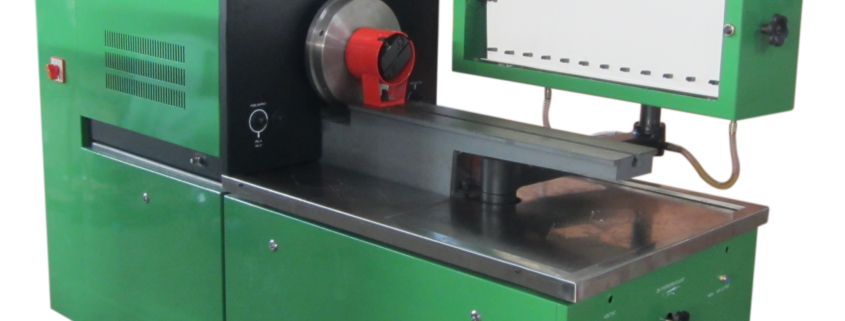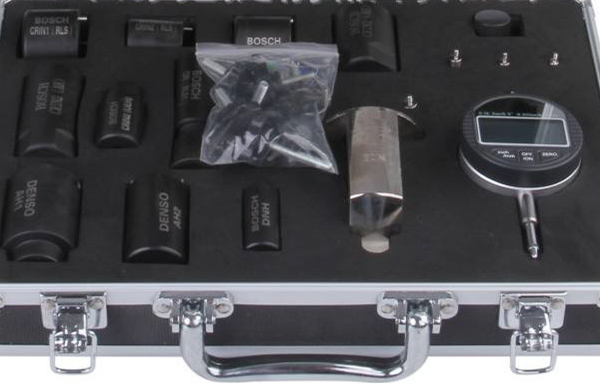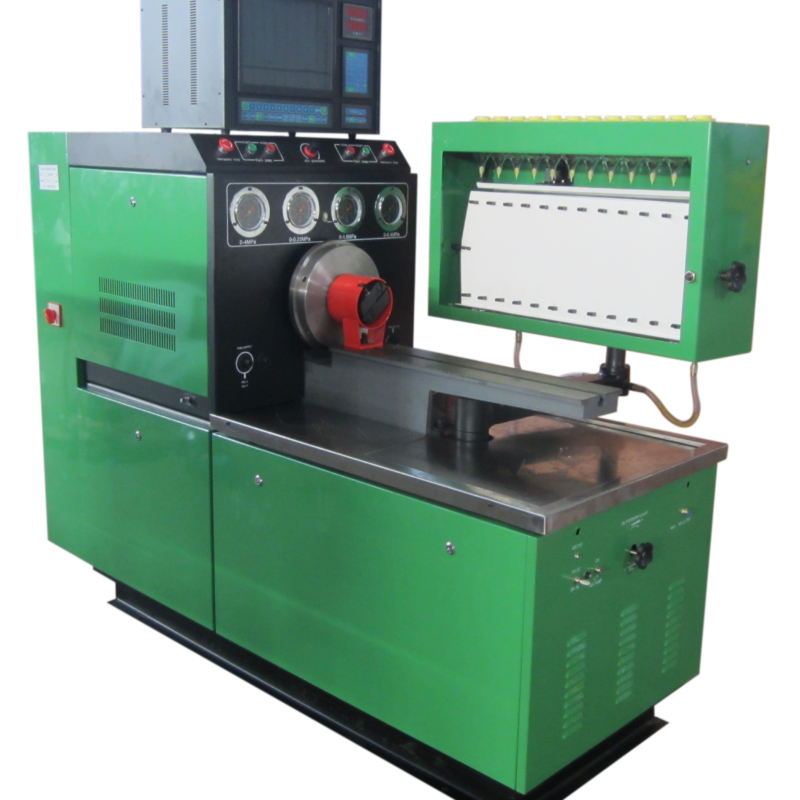How To Test A Diesel Injection Pump?-1
How To Test A Diesel Injection Pump?-1
Fuel injection pump calibration machine operation:
Diesel engine performance depends to a large extent on the precise calibration of the fuel injection pump. Although the fuel injection pump test bench has strict technical requirements to ensure the accuracy of the fuel pump parameter adjustment, if the use and maintenance are not in place, the quality of the fuel injection pump cannot be guaranteed.
1 Technical requirements for diesel injection pump tester
(1) The scale error of the test bench should not exceed ±10 ‘ at any position, and the scale should be clear.
(2) The instantaneous speed fluctuation within each revolution of the output shaft of the pump test bench shall not exceed 1% of the test speed when the output shaft drive disk is measured at >600 r/min; the instantaneous speed fluctuation shall be when the speed is ≤600 r/min. Not more than 6 r/min.
(3) The counting mechanism of the pump test bench should be accurate and sensitive, and meet the counts of 100 to 1000 times. The allowable counting error of the whole system is 1 time.
(4) The measuring cylinder of the pump test bench must be clear and accurate. The minimum scale is not more than 1% of the full scale, and the scale error should be within 0.5% of the full scale.
(5) The fuel supply pressure of the pump test bench should be adjustable and stable. At the rated speed, the maximum pressure should be reached when the outlets are all closed: low pressure fuel passage ≥ 0. 4 MPa; high pressure oil passage ≥ 34 MPa.
(6) Debugging the high-pressure fuel pipe parameters of the in-line fuel injection pump:
length × outer diameter × inner diameter,
of which 600 mm × 6 mm × 2 mm for the injection pump debugging with a circulating oil supply of not more than 300 mm 3;
800 mm × 8 MM × 39 mmfor the injection pump with a circulating oil supply of more than 300 mm;
800 mm × 6 mm × 2 mm for the commissioning of the distributor fuel injection pump.
(7) The standard injector selected for the diesel pump test bench can be used for fuel supply per cycle not exceeding 300 mm3. When the fuel injection pump speed is 1000 r/min, the fuel supply rod is fixed at the position of 103 mm3 cycle, 1000 pumping fuel quantity When the oil amount is in the range of 102 to 103 cm3, the needle valve opening pressure is 17.5 MPa.
(8) For the fuel injection pump in use, due to the limitation of the quality , the fuel injection pump test should be carried out using the original fuel injector equipped on the engine. After the test, the pump installation should be aligned to the engine according to the order of the cylinders on the pump test bench. in order to ensure that the engine works under normal uniform fuel supply from the beginning, until the nozzle coupler is replaced. If the pump is tested with a standard injector and the engine is operated with a non-standard injector, it will not work under the required uniformity of fuel supply, thus losing the meaning of fuel injection pump calibration.
(9) The temperature of the diesel pump repair workshop has a great influence on the fuel supply of the fuel injection pump, because the degree of diesel fuel varies with temperature. The standard fuel supply quantity specified in the technical documents refers to the standard room temperature at 20 ° C the amount of fuel supplied. A test proves that when the temperature is lowered from 40 °C to 6 °C, the fuel supply can be increased by 20% to 40%, and the temperature is lowered again, The resistance of the diesel fuel is greatly increased, and the resistance through the high pressure fuel pipe and the injector is sharply increased. The fuel supply has decreased. In order to make the fuel supply test accurate, the temperature of the diesel repair workshop should be kept within the normal temperature range of 15-20 °C, especially the high-speed fuel injection pump is more sensitive to changes in fuel temperature.




Leave a Reply
Want to join the discussion?Feel free to contribute!